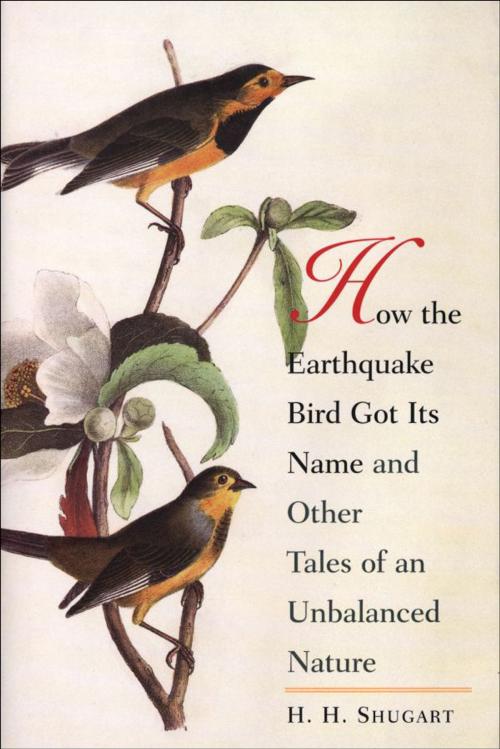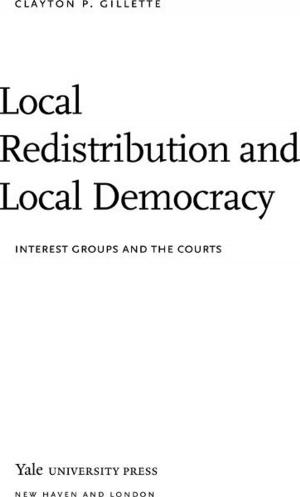How the Earthquake Bird Got Its Name and Other Tales of an Unbalanced Nature
Nonfiction, Science & Nature, Science| Author: | H.H. Shugart | ISBN: | 9780300128604 |
| Publisher: | Yale University Press | Publication: | October 1, 2008 |
| Imprint: | Yale University Press | Language: | English |
| Author: | H.H. Shugart |
| ISBN: | 9780300128604 |
| Publisher: | Yale University Press |
| Publication: | October 1, 2008 |
| Imprint: | Yale University Press |
| Language: | English |
Although people have been altering earth’s landscapes to some extent for tens of thousands of years, humankind today is causing massive changes to the planet. Such widespread environmental change is accompanied by accelerating rates of species extinction. In this book, noted ecologist H. H. Shugart presents important ecological concepts through entertaining animal parables. He tells the stories of particular birds and mammals-the packrat, ivory-billed woodpecker, penguin, dingo, European rabbit, and others-and what their fates reveal about the interactions between environmental change and the extinctions or explosions of species populations.
Change is the root of many planetary problems, but it is also an intrinsic feature of our living planet. Shugart explores past environmental change, discusses the non-existence of a balance of Nature,” and documents how human alterations have affected plants, soils, and animals. He looks with hope toward a future in which thoughtful people learn-and use-ecological science to protect the landscapes upon which terrestrial creatures depend.
Although people have been altering earth’s landscapes to some extent for tens of thousands of years, humankind today is causing massive changes to the planet. Such widespread environmental change is accompanied by accelerating rates of species extinction. In this book, noted ecologist H. H. Shugart presents important ecological concepts through entertaining animal parables. He tells the stories of particular birds and mammals-the packrat, ivory-billed woodpecker, penguin, dingo, European rabbit, and others-and what their fates reveal about the interactions between environmental change and the extinctions or explosions of species populations.
Change is the root of many planetary problems, but it is also an intrinsic feature of our living planet. Shugart explores past environmental change, discusses the non-existence of a balance of Nature,” and documents how human alterations have affected plants, soils, and animals. He looks with hope toward a future in which thoughtful people learn-and use-ecological science to protect the landscapes upon which terrestrial creatures depend.















